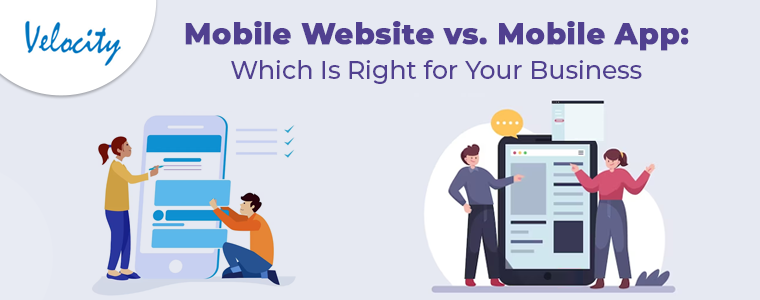Creating a brand image is not an easy task. Moreover, maintaining the image is even tougher. There has been a noticeable shift from the desktop to the mobile platform in the eCommerce marketplace. Thus, the brands need to make conscious decision to build their image on the mobile platform. The cell phones and tablets are the places where the users spend most of their time. Hence, they expect a greater mobile brand experience. One of the reports published by Google recently, highlights the insight of the consumer behavior that can make every mobile moment a brand-builder.
With reference to the report of article, the blog has compiled some of the factors that requires the consideration of the app builder as well as the brand owners. Read on to know more about it.
Consideration #1 Fast Navigation
The slow load time is one of the biggest complaints of the online buyers. This is one of the reasons that have been accused of increasing the bounce and exit rates. However, little is known that can even play a vital role making or breaking the brand image. As per Google, 60% of the mobile phone users are less likely to purchase from the brand in the future owing to the “slow experience”.
It is not just the load time that is leading to site abandonment. Another big issue with the mobile site is the inability of the users to find the information that they are looking for. The whole idea of online shopping is to save the time and efforts of the shoppers. Hence, instant discovery is the key. This is one optimization factor that the mobile app developers need to consider. Whether it is the mobile site or application, it should have simple navigation along with efficient site search. Optimizing the store for the next-generation voice search is an essential for all the eCommerce players.
Consideration #2 Relevant Information
The consumer wants the mobile experience to be fast as well as relevant. The recent data of Google has made it clear that the consumers are becoming research-obsessed, especially when it comes to shopping for low-consideration products. As per the report, there has been 80% increase in the search volume of the word ‘Best’ in recent past. Hence, the brands need to anticipate the exact requirement of the customers in order to offer the perfect solution in the moment.
It is a proven fact that 9 out of 10 customers who consider their mobile experience as useful and relevant are likely to shop from that particular brand again. Hence, the contents of the mobile application should be aimed at assisting the visitors.
Google has reported that people are actively searching for advice on their handheld devices. Hence, tapping this consumer behavior can make your brand easily discoverable. The best way to target the niche market and stay in the good books of your customer is to be the adviser instead of the information provider. Understand when and where people are searching for guidelines and ensure that you are there, with the right piece of information or tips.
Consideration #3 No interruption will be forgiven
48% of the online shoppers said that they won’t purchase the product of a particular brand if they have an interruptive mobile experience. With the growing use of Artificial Intelligence, the eCommerce businesses have to be on their toes in order to provide the perfect solution to the customers. The internet users expect the online retailers and the service providers to understand their browsing behavior and provide relevant information from time-to-time.
At the same time, being interruptive is even worse than being inaccurate. The popups or the full-screen ads that block the contents drive the negative perception of the brand, especially on the mobile platform.
Final say
The ‘Brand sells easily’ scenario is long gone. The consumers these likes to in control of what they are buying online. Just the name of the brand is not enough to compel them to go to checkout page. In addition, 50% of the smart phone users are more likely to order something immediately now. Hence, the brands need to stay abreast of what the consumers expects and what they need on the mobile platform. At the same time, the brands should figure out the things that the consumers don’t want to see. The mobile marketers need work close with the Andriod as well as iOS app developers in order to sort the UI limitations and proactively provide help the app visitors.











